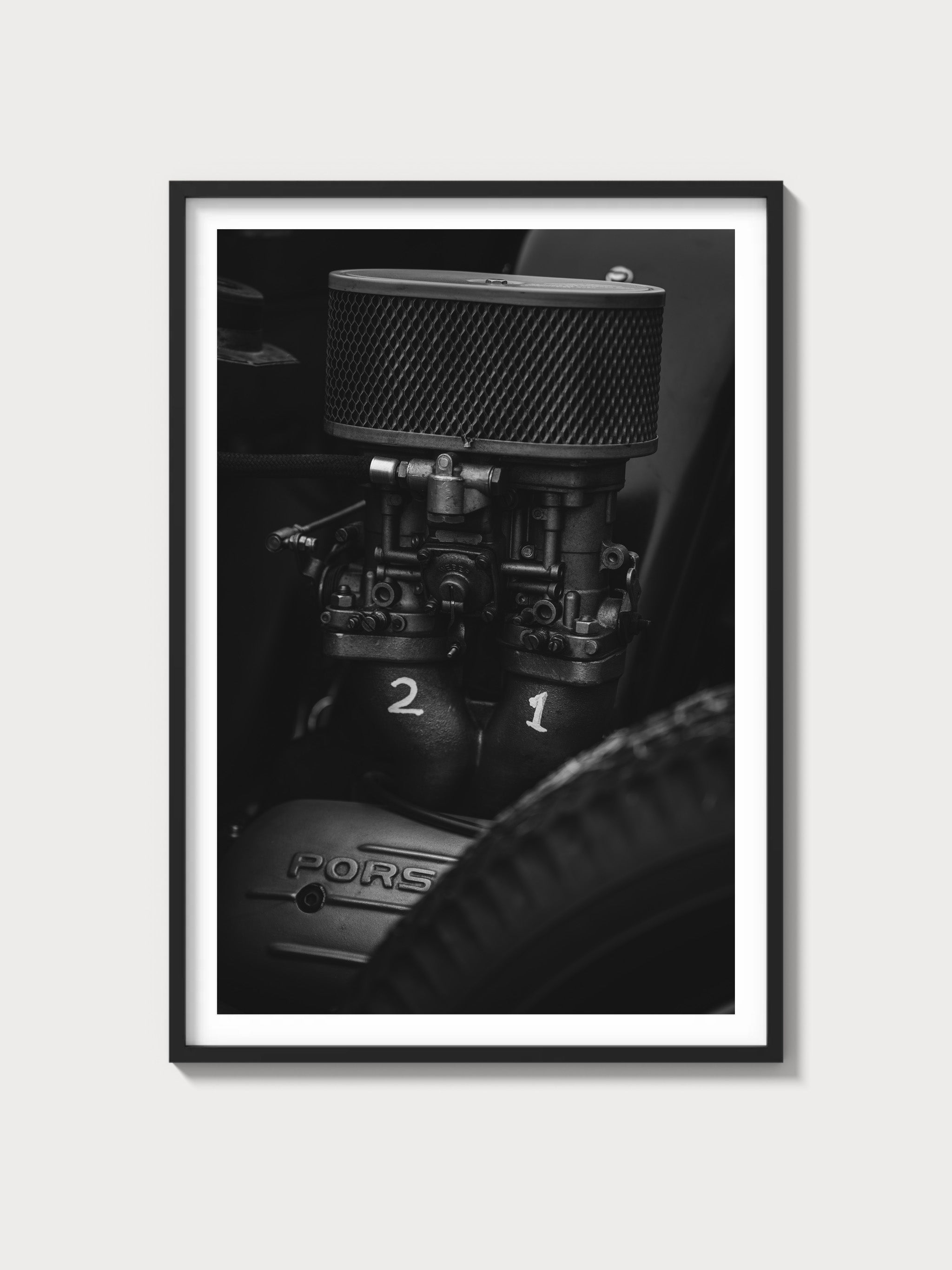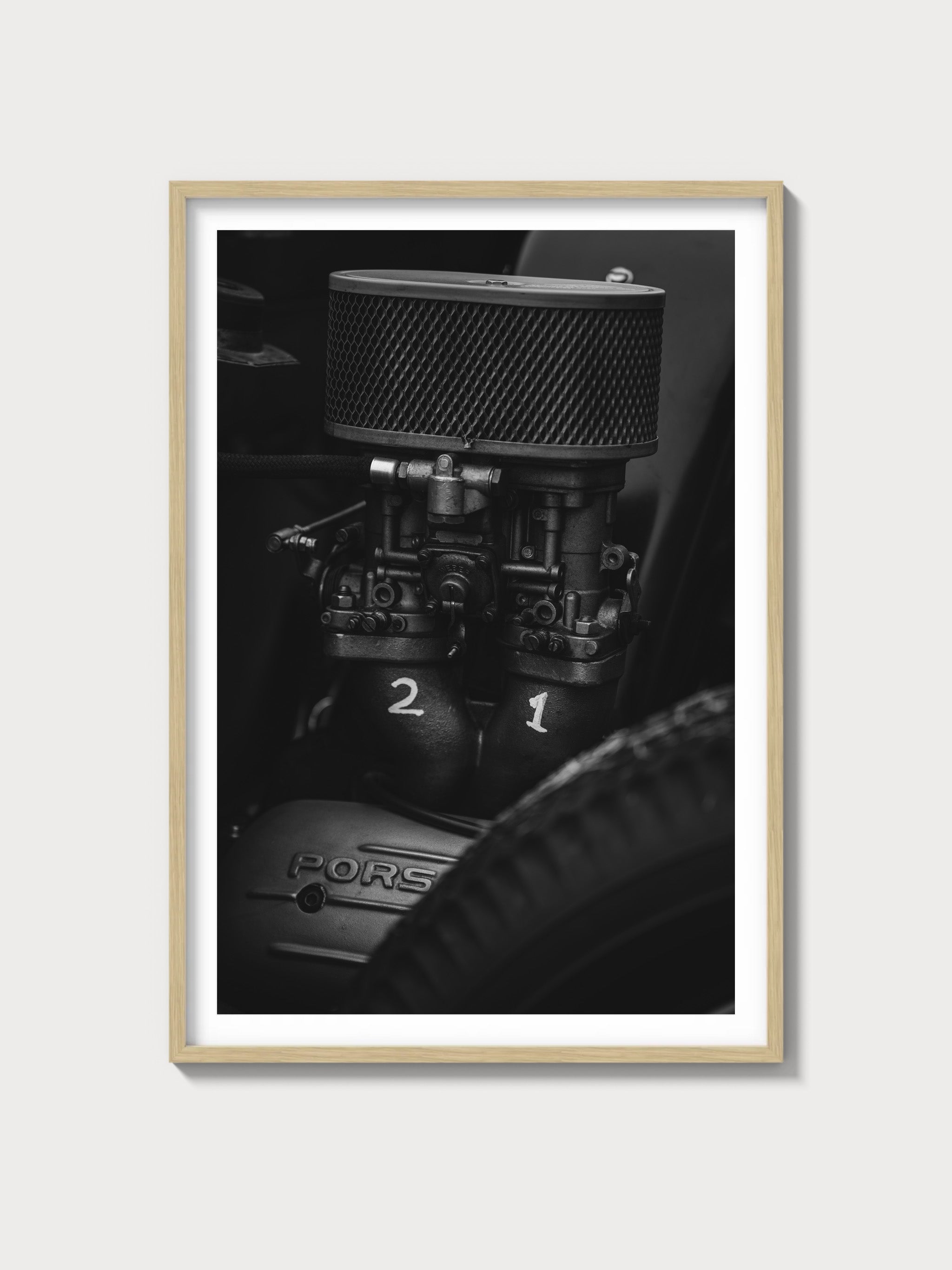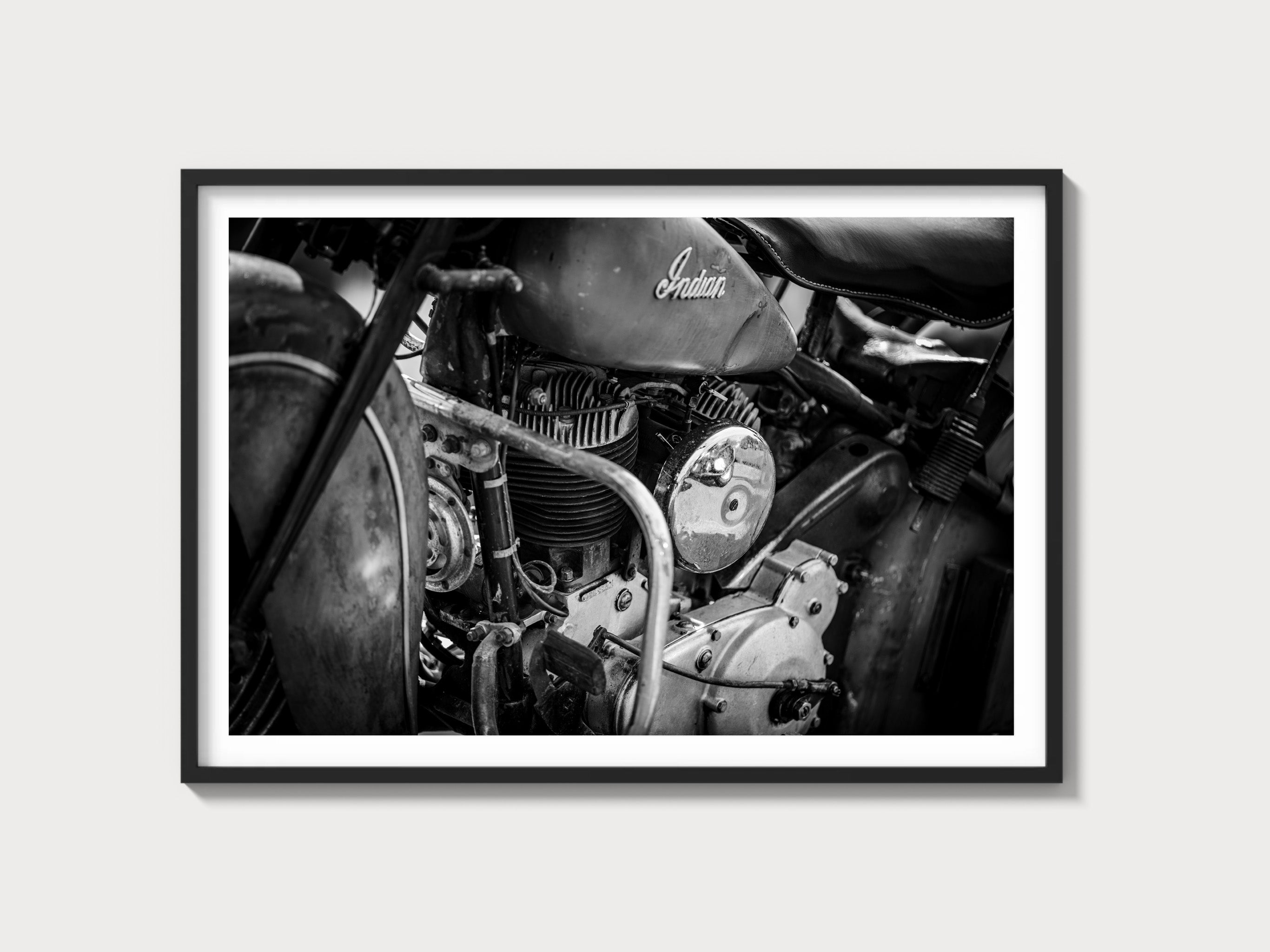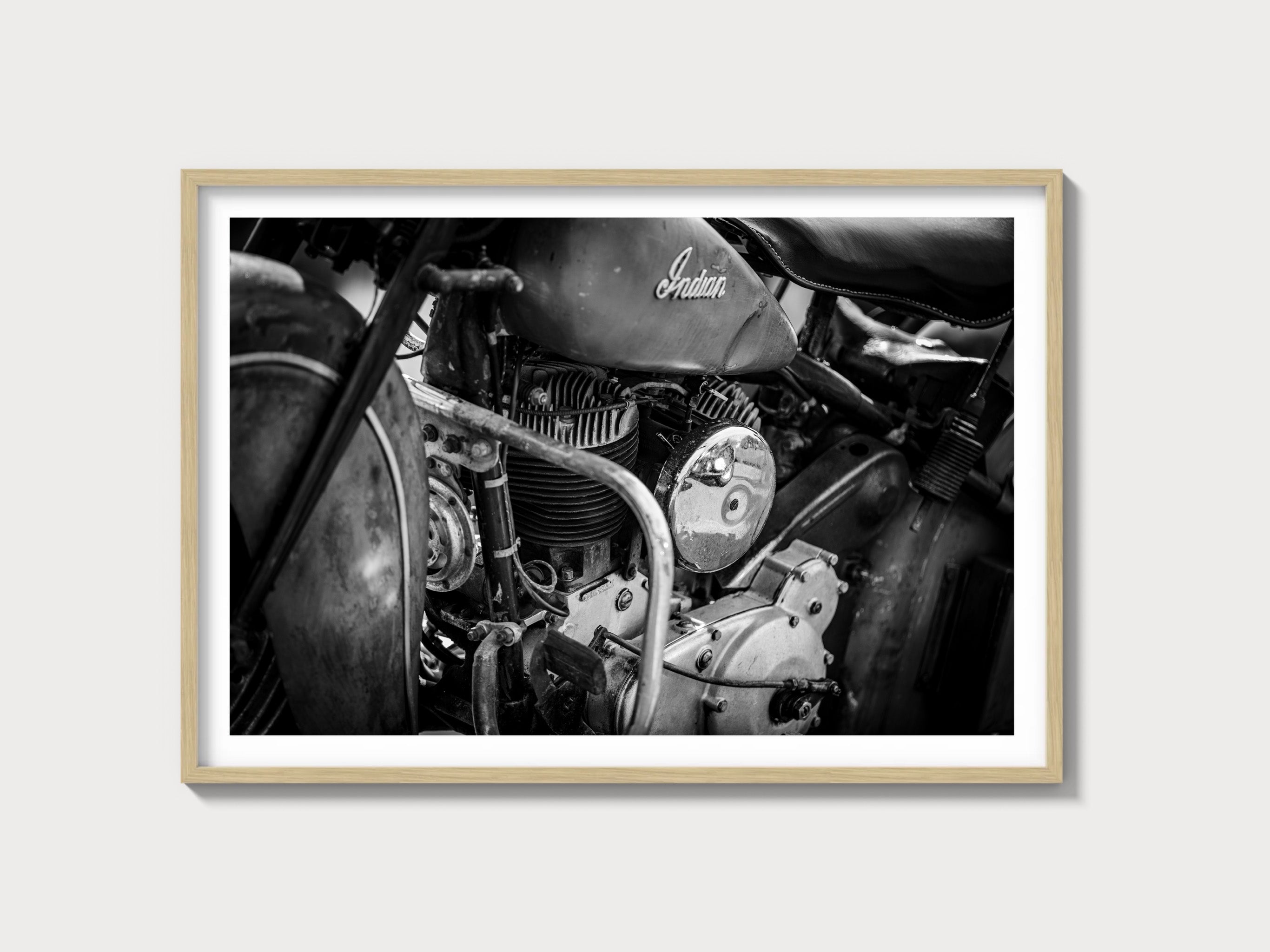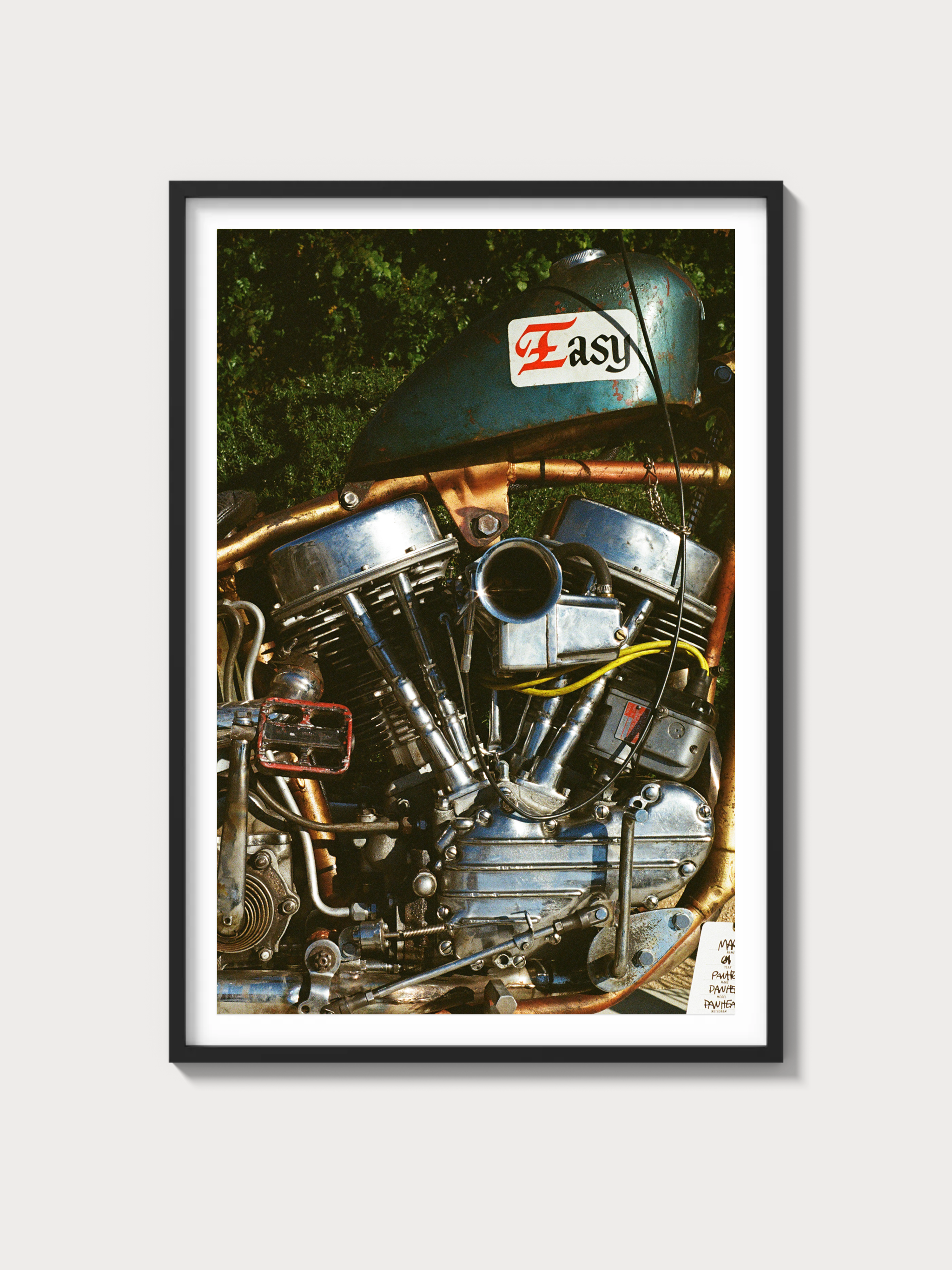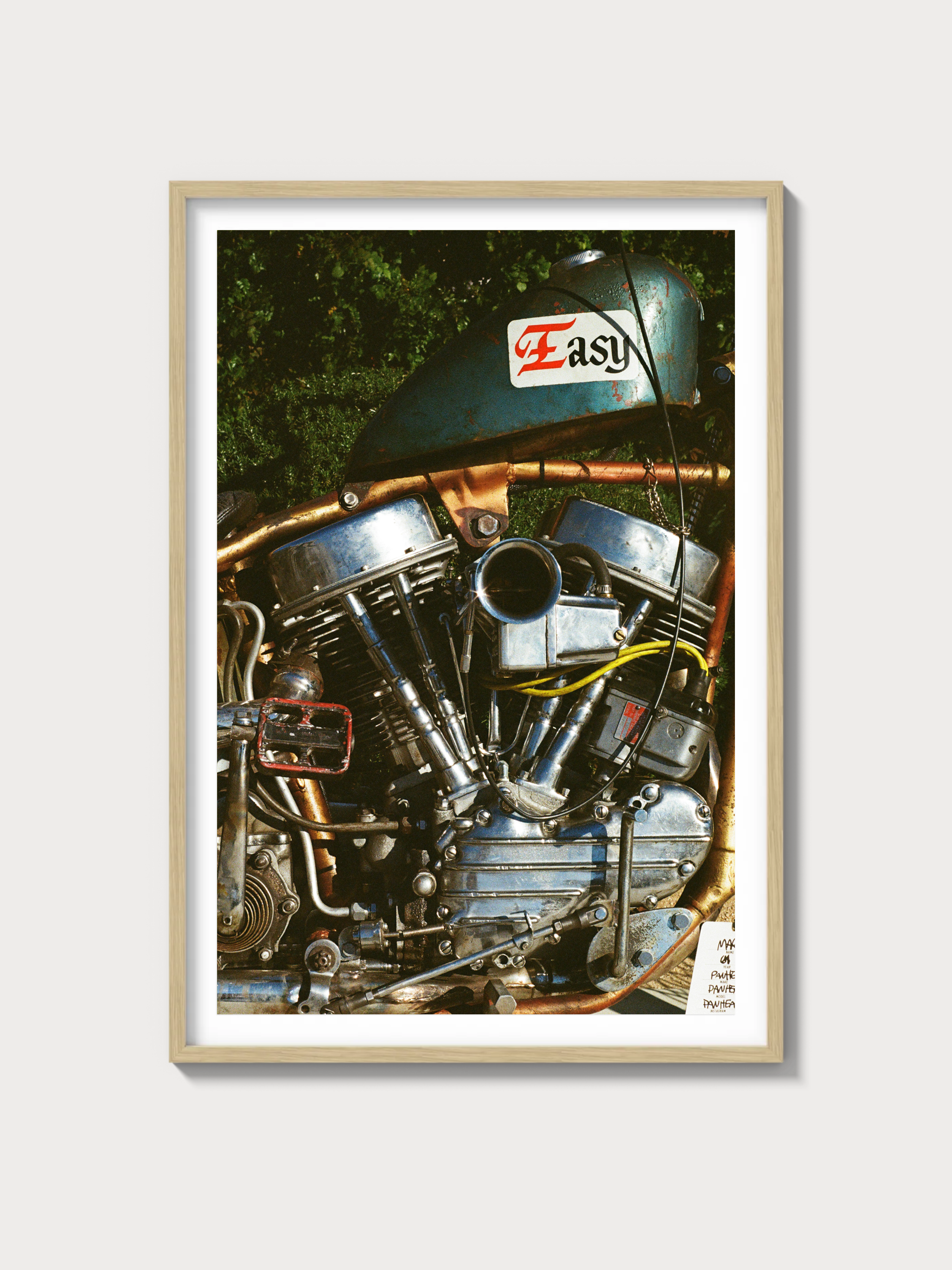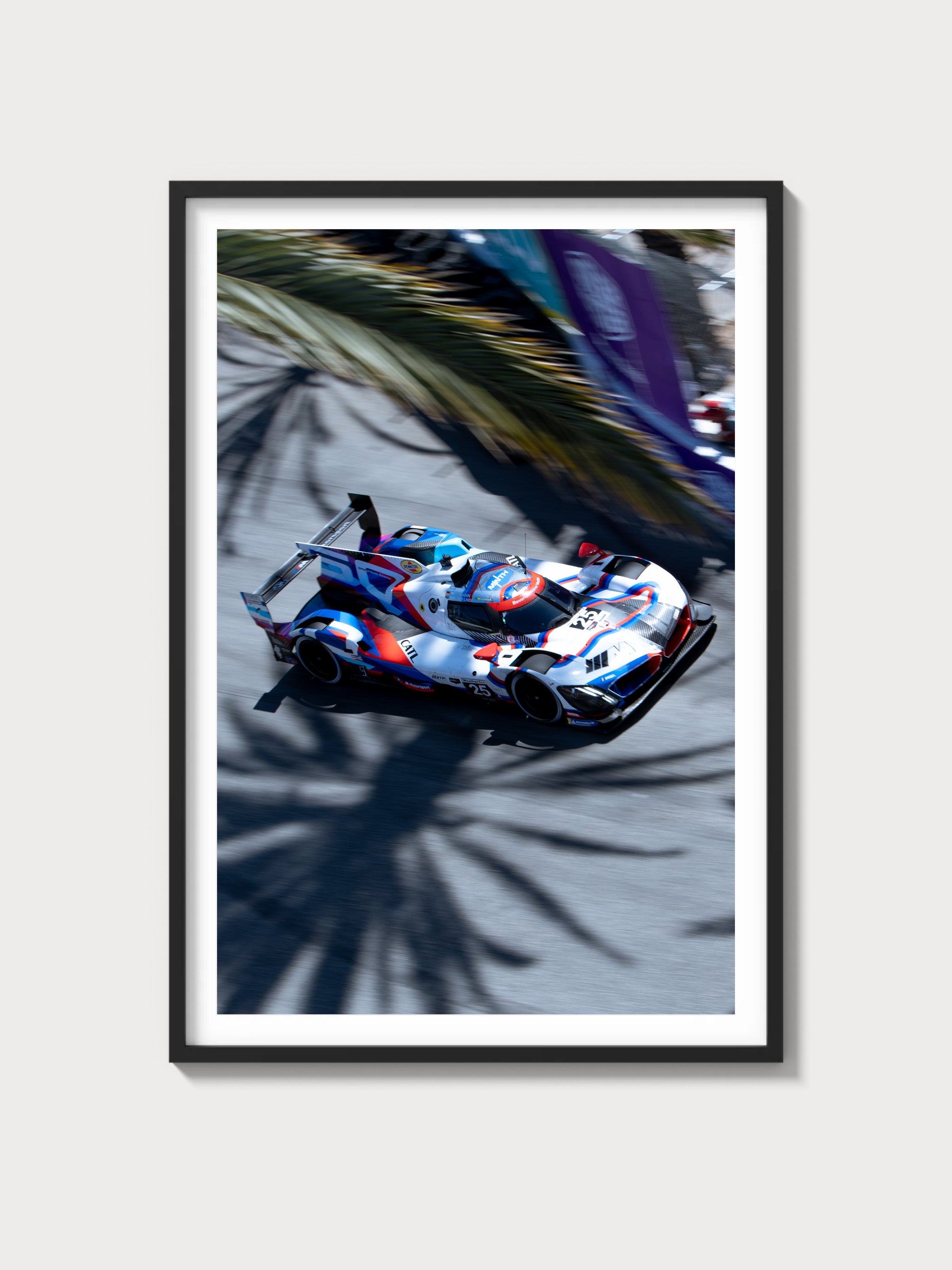The 2011–2019 Ford Fiesta Titanium: A Pinnacle of Compact Excellence
Historical Context and Development Background
The 6th generation Ford Fiesta, introduced in 2008, marked a pivotal shift in Ford's strategy towards a global platform. The Fiesta Titanium, debuting in 2011, was positioned as the premium offering, catering to a demographic seeking luxury in the subcompact segment. Developed under Ford's "One Ford" plan, the Fiesta Titanium was designed to compete against European stalwarts like the Volkswagen Polo and the Vauxhall Corsa, while also targeting the Honda Fit and the Toyota Yaris in international markets.
Engine and Technical Specifications
| Specification | Details |
|---|---|
| Engine Configuration | Inline-4 |
| Displacement | 1.6 L |
| Horsepower | 120 hp |
| Induction Type | Naturally Aspirated |
| Redline | 6500 rpm |
| Fuel System | Direct Injection |
| Compression | 11:1 |
| Bore x Stroke | 79 mm x 81.4 mm |
Driving Experience and Handling Dynamics
The Ford Fiesta Titanium is lauded for its precise steering and agile handling, a testament to its well-tuned chassis and suspension. The electric power-assisted steering provides responsive feedback, making urban driving and corner carving equally enjoyable. Its suspension strikes a fine balance between comfort and sportiness, with a front independent McPherson strut and a twist-beam rear setup. The five-speed manual gearbox is a favorite among enthusiasts, delivering a tactile and engaging driving experience.
Full Performance Specs
| Performance Metric | Details |
|---|---|
| 0-60 mph | 9.5 seconds |
| Top Speed | 120 mph |
| Quarter Mile | 17.2 seconds |
| Weight | 2578 lbs |
| Layout | Front-engine, Front-wheel drive |
| Brakes | Disc/Drum |
| Suspension | Front: Independent; Rear: Semi-independent |
| Gearbox Type | 5-speed manual / 6-speed automatic |
Variant Breakdown
- Titanium Hatchback: Known for its premium interior and exterior features.
- Titanium Sedan: Offered in specific markets with additional rear passenger space.
- Fiesta ST: Performance-oriented variant with a turbocharged engine.
Ownership Notes
The Fiesta Titanium is known for its reliability, yet like any aging model, it requires diligent maintenance. Common issues include transmission concerns in automatic variants and wear on suspension components. Parts availability remains robust given Ford's extensive network, and service intervals are standard for its class, with oil changes recommended every 5,000 miles and major services at 30,000-mile intervals.
Cultural Relevance
While the Fiesta Titanium may not have the racing pedigree of its ST sibling, it has carved a niche in popular culture through appearances in films and commercials. Its desirability among collectors is modest, with auction prices reflecting its status as a reliable, cost-effective classic for daily driving rather than a high-value collectible.
FAQs
- Is the Fiesta Titanium reliable? Yes, with proper maintenance, it is regarded as reliable.
- What are common issues? Transmission issues in automatics and suspension wear are noted.
- How does its value hold up? Value retention is average, with modest depreciation over time.




